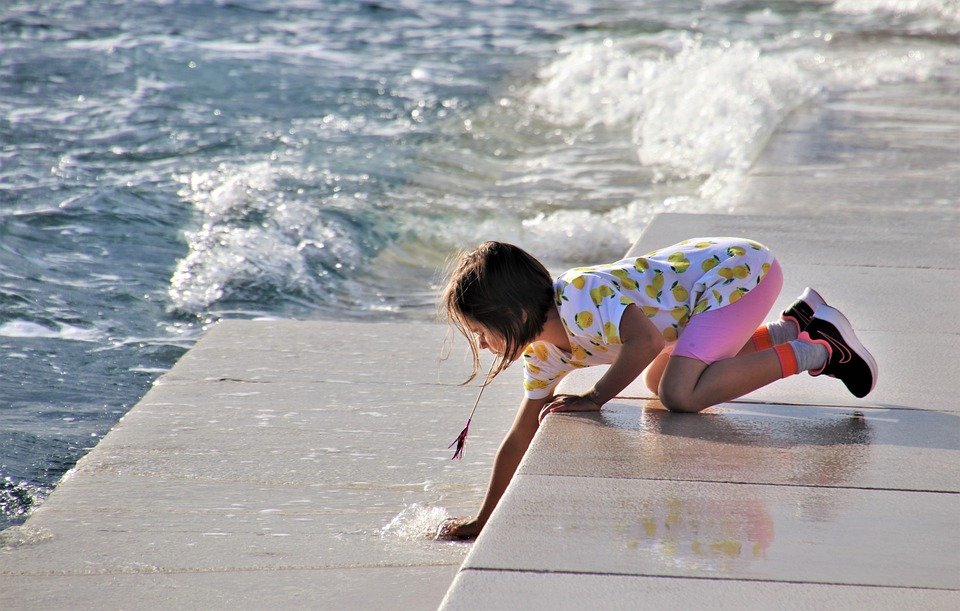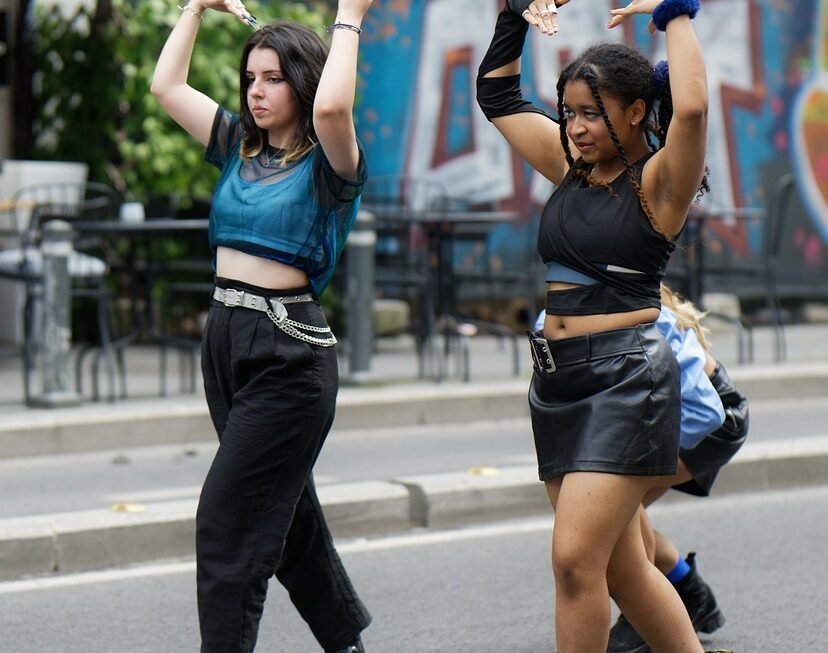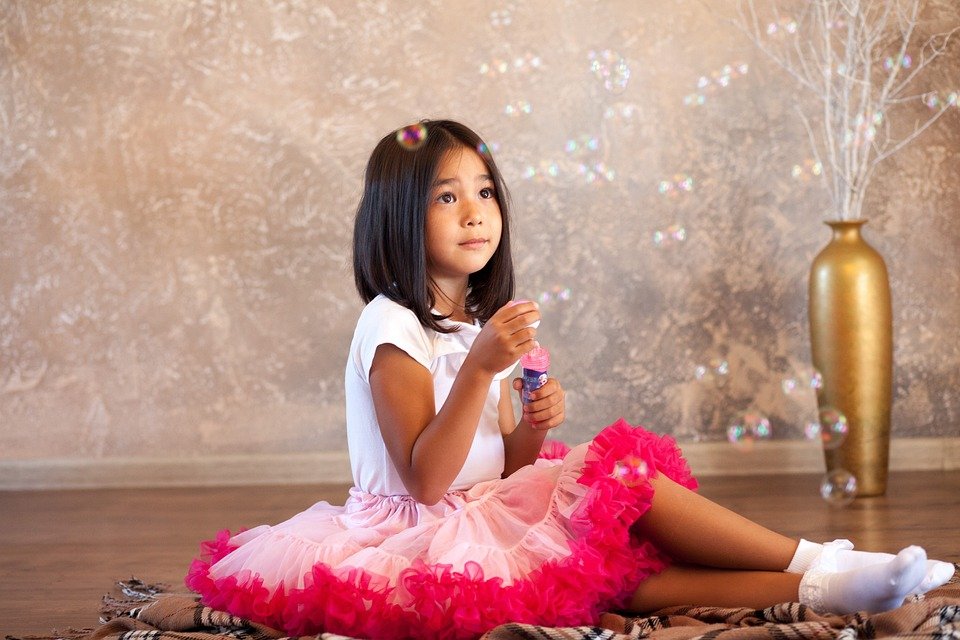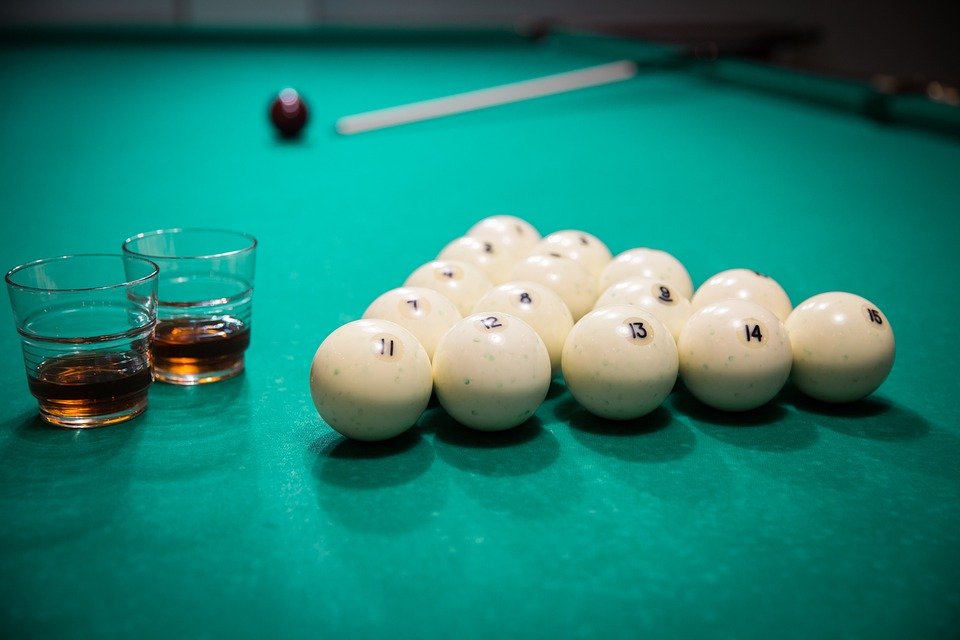Art history is a vast and diverse field that spans thousands of years and encompasses a multitude of cultures and styles. From the Renaissance period to the modern day, the progression of art has been marked by significant shifts in style, subject matter, and technique. This journey through art history offers a fascinating glimpse into the evolution of artistic expression and the ways in which it reflects the changing values and beliefs of society.
The Renaissance period, which began in Italy in the 14th century, is often considered the starting point of the modern art world. Characterized by a renewed interest in classical antiquity, the art of the Renaissance was marked by a focus on naturalism, perspective, and human anatomy. Artists such as Leonardo da Vinci, Michelangelo, and Raphael created masterful works that celebrated the beauty of the human form and the wonders of the natural world.
As the Renaissance gave way to the Baroque period in the 17th century, art became more theatrical and dramatic. Baroque artists such as Caravaggio and Peter Paul Rubens created dynamic and emotionally charged works that aimed to evoke strong emotional responses from viewers. The Baroque period was also characterized by a renewed focus on religious imagery and symbolism, as the Catholic Church sought to use art as a tool for propaganda and evangelization.
The 18th and 19th centuries saw the rise of Romanticism, a movement that rejected the rationalism and order of the Enlightenment in favor of emotion, imagination, and the sublime. Romantic artists such as William Blake, Caspar David Friedrich, and Eugène Delacroix sought to capture the beauty and power of nature, as well as the tumultuous emotions of love, loss, and longing. The Romantic period also saw the emergence of new artistic techniques, such as plein air painting and Impressionism, which aimed to capture the fleeting effects of light and atmosphere.
By the late 19th and early 20th centuries, art had undergone yet another transformation with the advent of Modernism. Modernist artists such as Pablo Picasso, Henri Matisse, and Wassily Kandinsky rejected the conventions of traditional art in favor of bold experimentation and innovation. The modernists sought to break free from the constraints of representation and explore new forms of expression, resulting in abstract art, collage, and other avant-garde techniques.
Today, the art world continues to evolve and diversify, with contemporary artists pushing the boundaries of traditional media and challenging societal norms. From street art and performance art to digital art and conceptual art, the possibilities for artistic expression are truly endless. The journey through art history from the Renaissance to the modern day offers a rich tapestry of creativity, innovation, and diversity that continues to inspire and captivate audiences around the world.




